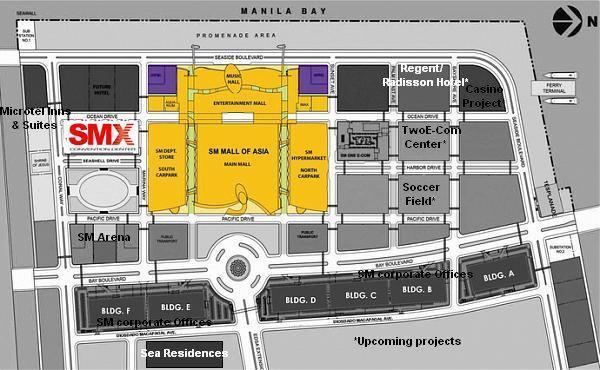
The special use airspace depicted on instrument charts includes the area name or number, effective altitude, time and weather conditions of operation, the controlling agency, and the chart panel location. Certain special use airspace areas can create limitations on the mixed use of airspace. Special use airspace or special area of operation (SAO) is the designation for airspace in which certain activities must be confined, or where limitations may be imposed on aircraft operations that are not part of those activities. A remote pilot will not need ATC authorization to operate in Class G airspace. Class G airspace extends from the surface to the base of the overlying Class E airspace. It is therefore designated uncontrolled airspace. Uncontrolled airspace or Class G airspace is the portion of the airspace that has not been designated as Class A, B, C, D, or E. In most cases, a remote pilot will not need ATC authorization to operate in Class E airspace.

Federal Airways start at 1,200’ AGL and go up to, but, not including 18,000’ MSL. All airspace above FL 600 is Class E airspace.įederal Airways, which are shown as blue lines on a sectional chart, are usually found within Class E airspace.

Class E airspace typically extends up to, but not including, 18,000 feet MSL (the lower limit of Class A airspace). Some Class E airspace begins at an MSL altitude depicted on the charts, instead of an AGL altitude. In many other areas, the Class E airspace base is either the surface or 700 feet AGL. In most areas, the Class E airspace base is 1,200 feet above ground level (AGL). In areas where charts do not depict a class E base, class E begins at 14,500 feet MSL. Sectional and other charts depict all locations of Class E airspace with bases below 14,500 feet MSL. Chapter 3 of the Aeronautical Information Manual (AIM) explains the various types of Class E airspace. This provides sufficient airspace for the safe control and separation of aircraft during IFR operations. A large amount of the airspace over the United States is designated as Class E airspace.

A remote pilot must receive ATC authorization before operating in Class D airspace.Ĭlass E airspace is the controlled airspace not classified as Class A, B, C, or D airspace. Arrival extensions for instrument approach procedures (IAPs) may be Class D or Class E airspace. The configuration of each Class D airspace area is individually tailored and, when instrument procedures are published, the airspace is normally designed to contain the procedures. A remote pilot must receive authorization before operating in Class C airspace.Ĭlass D airspace is generally airspace from the surface to 2,500 feet above the airport elevation (charted in MSL) surrounding those airports that have an operational control tower. Although the configuration of each Class C area is individually tailored, the airspace usually consists of a surface area with a five nautical mile (NM) radius, an outer circle with a ten NM radius that extends from 1,200 feet to 4,000 feet above the airport elevation. A remote pilot must receive authorization from ATC before operating in the Class B airspace.Ĭlass C airspace is generally airspace from the surface to 4,000 feet above the airport elevation (charted in MSL) surrounding those airports that have an operational control tower, are serviced by a radar approach control, and have a certain number of instrument flight rules (IFR) operations or passenger enplanements. The configuration of each Class B airspace area is individually tailored, consists of a surface area and two or more layers (some Class B airspace areas resemble upside-down wedding cakes), and is designed to contain all published instrument procedures once an aircraft enters the airspace.

Controlled airspace that is of concern to the remote pilot is:Ĭlass B airspace is generally airspace from the surface to 10,000 feet mean sea level (MSL) surrounding the nation’s busiest airports in terms of airport operations or passenger enplanements. Controlled airspace is a generic term that covers the different classifications of airspace and defined dimensions within which air traffic control (ATC) service is provided in accordance with the airspace classification.


 0 kommentar(er)
0 kommentar(er)
